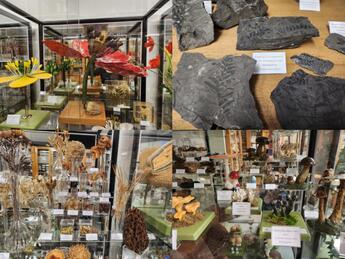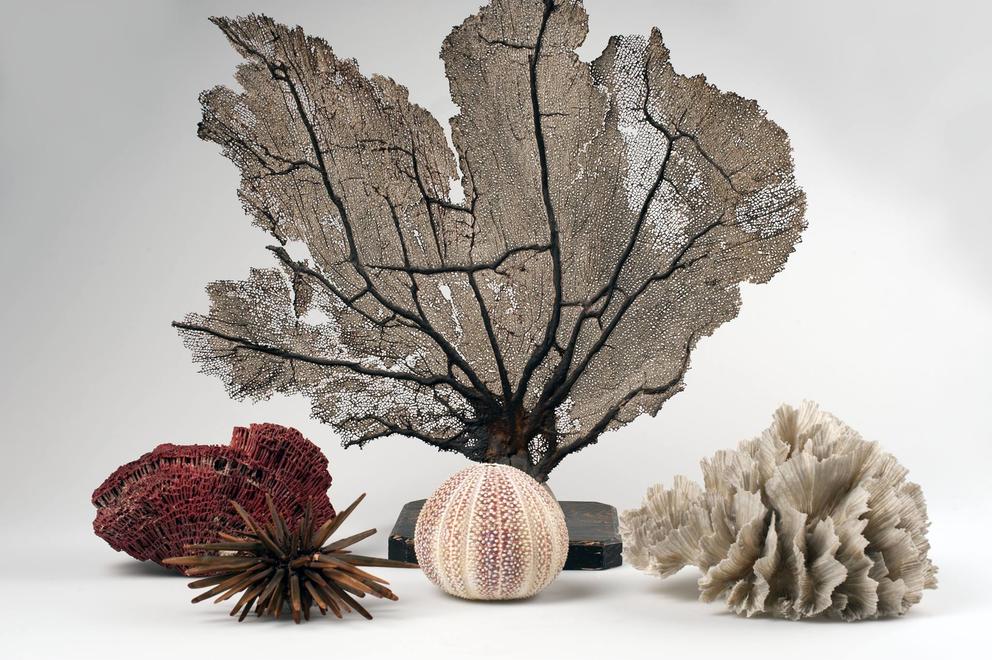
Collections
Sorbonne University boasts a rich history and extensive collections, representative of all the University's missions: teaching, research and the dissemination of knowledge to the general public. From research aids to teaching aids, these objects bear witness to the evolution of research and teaching techniques and tools. Actively used or of historical value, these collections bring together not only commonplace items, but also rare pieces that are priceless today.
Scientific collections
The mineral collection
A jewel in the heart of Paris.
Sorbonne University's mineral museum is one of the oldest in France. It was founded shortly after the creation of the Chair of Mineralogy at the Sorbonne on April 14, 1809. Made up of numerous gifts and purchases, it grew rapidly throughout the 19th century, and was enriched by the Vésignié
collection in 1954. The collection was originally dedicated to teaching and research. It is housed on the Pierre et Marie Curie campus in an exhibition room inspired by the Crown Jewels of Iran. Exhibited as genuine works of art, the pieces are aimed at scholars and artists alike.
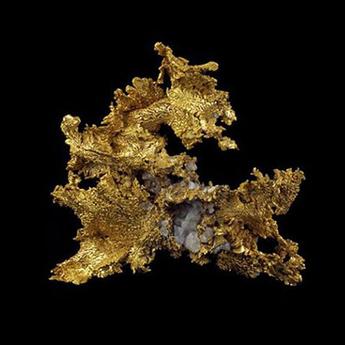
Pathological anatomy collection
The Musée Dupuytren is a medical museum founded in 1835 thanks to a bequest from Guillaume Dupuytren, professor of operating medicine at the Paris Faculty of Medicine. Today, the museum contains some 6,000 objects, including wax, bone and jar specimens, as well as photos, paintings, engravings and drawings, and a few instruments for the practice of pathological anatomy.
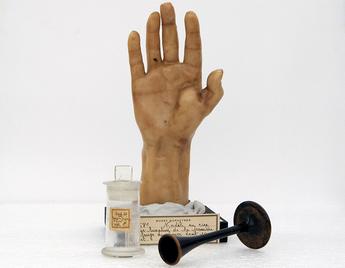
Zoology Collection
This "conservatory of zoology", located on the Jussieu campus since 1961, was created from the Sorbonne's former zoology collection. It contains many samples of historical and unique value, as well as animals now protected by law. The collection is used everyday for a wide range of teaching activities in animal biology, ecology, physiology, developmental biology and paleontology.

Geoscience collections
Originating from the invertebrate collections of the Sorbonne geology laboratory, the paleontology collection was transferred to Jussieu in 1972. The collection is divided into two parts: one reserved for scientific research (5,000 sample drawers) and the other for the public, with over 1,000 fossils (shells, imprints, skeletons). It complements the collections of the Muséum national d'histoire naturelle, and is an integral part of France's geological heritage. The paleobotanical collection includes imprints, compressions and permineralized structures. The collections have continued to grow ever since, as new laboratories in micropalaeontology, applied geology, etc. have been set up at the Sorbonne.
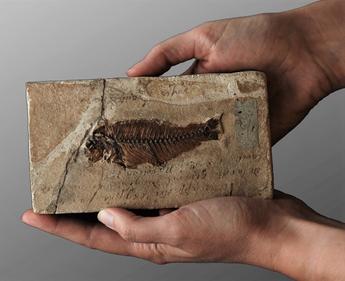
Botanical collection
This botany collection room has been set up using botanical teaching material collected over decades. It opened its doors at the UFR de Biologie's Centre de Formation Pratique en Biologie (CFPB) in June 2024. It features teaching models, resin samples, dried samples of mushrooms, flowers, fruits and seeds, as well as wood samples, fossils and herbariums. The models are recent or historical (Deyrolle models, year 1910).
The collection is used for a wide range of botanical teaching purposes, and can be used by students from primary school up to university level. However, access is not possible.
